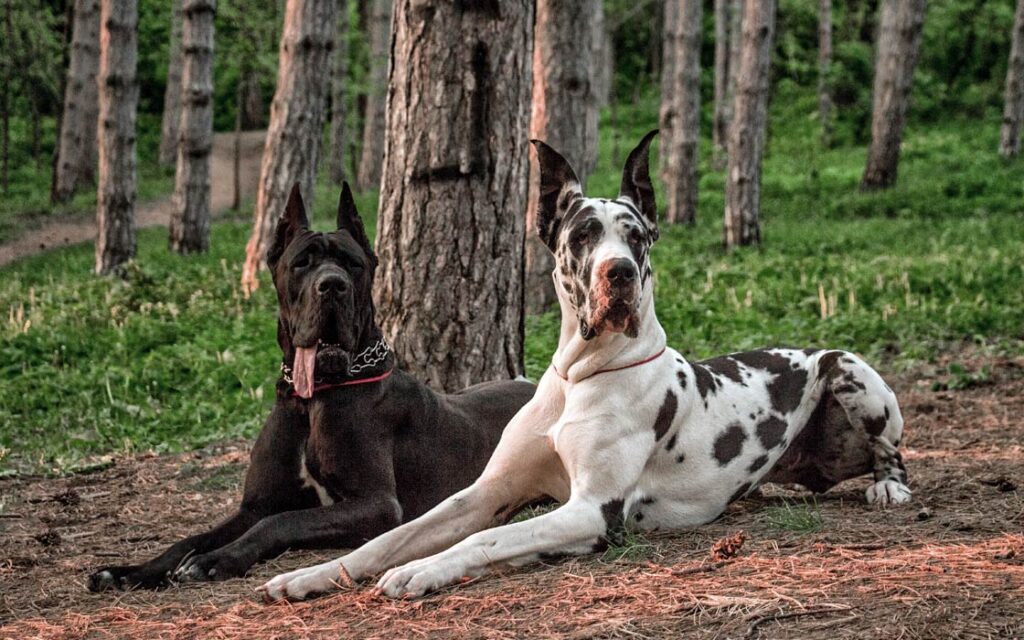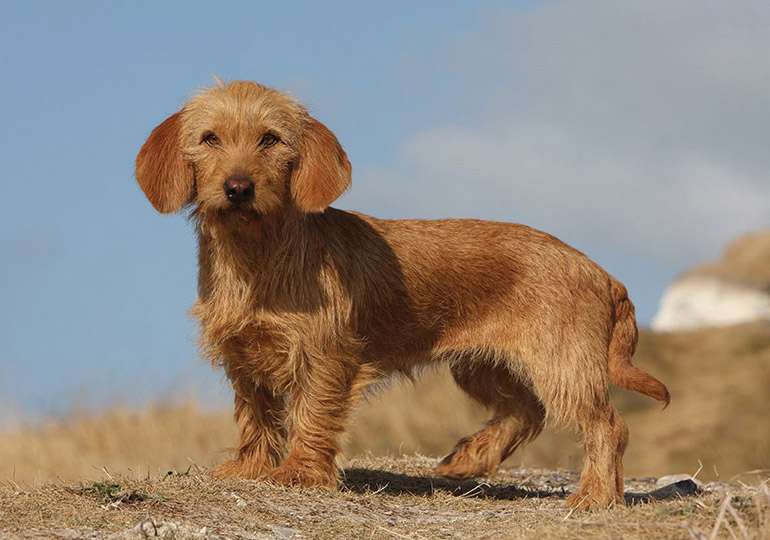
The enormous dog breed known as the Great Dane originated in Germany. The aristocracy of several European nations brought powerful, long-legged canines from England in the middle of the 16th century. These dogs were the offspring of crossbreeds between English Mastiffs and Irish Wolfhounds. They were canine hybrids of various traits and sizes but no specific breed.
Characteristics
The Immense Dane combines great size and a muscular, well-formed, finely muscled body with strength, elegance, and a regal demeanor. One of the working breeds of giants, it is special in that its overall conformation must be so well-balanced that it never appears awkward, and it must move with a long reach and great drive. Short-haired Great Danes have a powerful, galloping build.
Care as a Pet/ In Captivity

Feeding
Dogs typically require 30 calories per pound of body weight, however big breeds may require closer to 25. Your Great Dane can require between 2,500 and 3,000 calories per day to maintain their adult size. Select a diet with between 350 and 450 calories per cup that is high in protein and moderate in fat.
Grooming
Regular washing and grooming are necessary for Great Danes. Depending on his activity level and lifestyle, this sensitive dog can have baths anywhere from once a week to every six to eight weeks. Regular bathing is necessary for this breed of dog with a smooth coat in order to reduce shedding and to maintain healthy skin and fur. The spring and fall are when they shed the most. Great Danes require regular bathing, typically once or twice a month.
Natural (floppy) ear-bearing Danes should get routine ear examinations and cleanings. Although some people like to have their ears surgically cropped, this technique is declining in popularity and is even prohibited in some nations.
Exercise
When young, Great Danes are playful and active. Wait until they are at least 18 months old before letting them jump or accompanying them on activities like jogging to protect the health of their developing bones and joints. Most of these dogs still have a considerable amount of energy as they mature. Daily walks are a good example of a routine activity that may keep your dog fit and healthy. Most Great Danes can play safely in a fenced-in yard because they don’t have a tendency to jump fences.
Table





